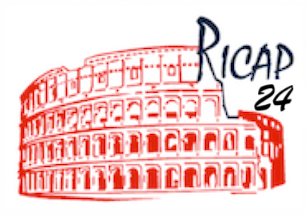Speaker
Description
Over the last decade, choked jets have attracted particular attention as potential sources of high-energy cosmic neutrinos. However, testing this hypothesis is challenging because of the missing gamma-ray counterpart, such that the identification of other electromagnetic signatures is of paramount importance. A choked-jet source is expected, for instance, because of core-collapse supernovae with extended hydrogen envelopes (Type II SNe), leading to the release of ultraviolet (UV) and optical (O) emission for a few days. The UV band will be visible with an unprecedentedly large field of view by the future mission satellite ULTRASAT, for which we investigate the detection prospects in relation to the chocked source visibility in the O band with the currently operating telescope ZTF. By considering fiducial parameters of the source population, we estimate the maximum redshift up to which ULTRASAT will be able to detect UV signals from these explosions, finding that it will be able to double the volume of sky currently visible by ZTF for the same emitting sources, and consequently enlarge the sample of observed Type II SNe by 60%. Furthermore, we discuss coordinated multi-messenger observations among those instruments and high-energy neutrino telescopes. To optimize combined detections, we suggest a delay of 4 days between neutrinos and ULTRASAT observations, with a subsequent follow-up by like-ZTF instruments about one week after.

